The Gloom Stalker, a build largely ignored in the Dungeons & Dragons 5th Edition TTRPG, has been brewing up a storm in Baldur’s Gate 3. This Gloom Stalker Build in BG3 is a subclass that has featured in quite a few assassination plots across Faerûn. Let’s discuss some builds that make the Gloom Stalker feel impactful in Baldur’s Gate 3.
What is the Gloom Stalker in BG3?
The Gloom Stalker is the Ranger’s stealth archetype, focusing entirely on sticking to the shadows and performing exceptionally during the first turn of combat.
The Gloom Stalker is unlocked by advancing the Ranger class to level three in Baldur’s Gate 3. It can be your starting class, or you can multiclass into Ranger—either way, as long as you get to Ranger level three, you’ll be allowed to pick the Gloom Stalker subclass.
The Dread Ambusher feature grants the Gloom Stalker higher initiative, a bonus attack that deals extra damage, and more movement speed when combat begins. The rest of the archetype focuses on its superior mobility, darkness options, and ability to reroll missed attack rolls.
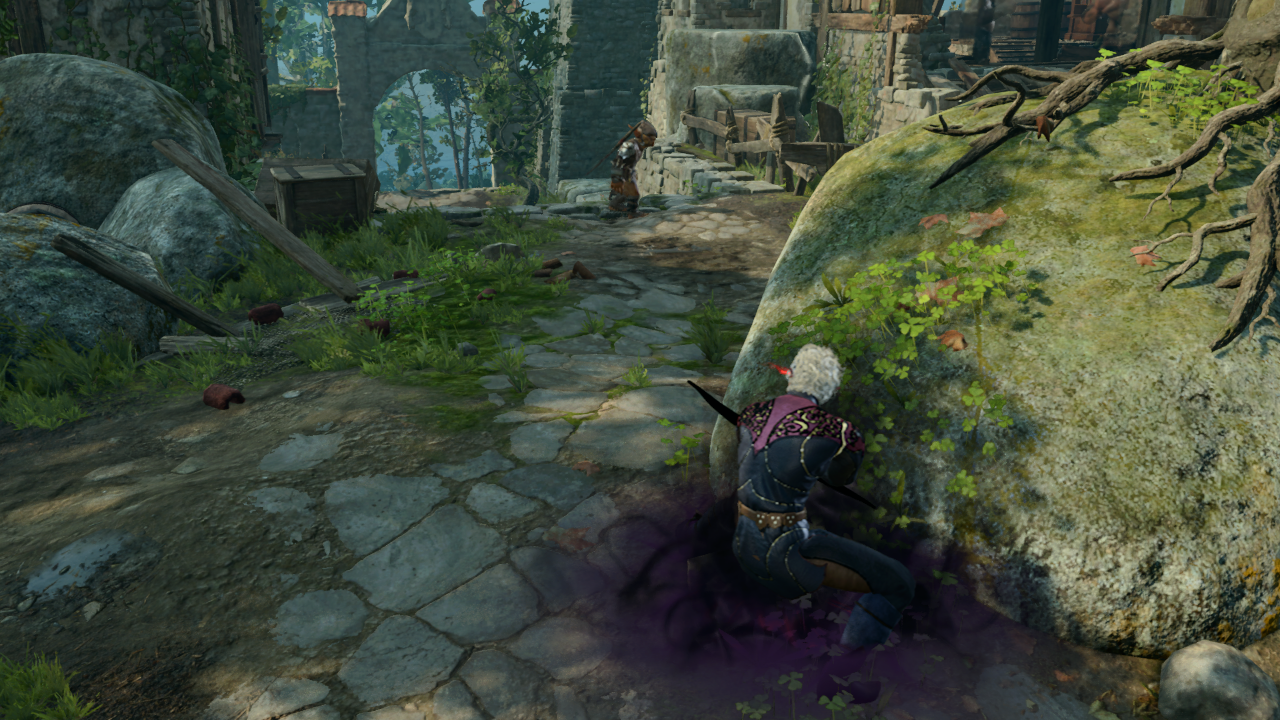
When most players discuss the Gloom Stalker, it is usually because of how well it performs outside of fights and during the first turn of combat. Its extremely impressive third level provides five different abilities, and it only improves from there.
Gloom Stalker Ranger level progression in BG3
This list will not include baseline Ranger class features, such as Favored Enemy, Natural Explorer, Fighting Style, or Extra Attack. It just includes the features that players get when they select Gloom Stalker and further level up their Ranger.
- Level Three
- Dread Ambusher. +3 to Initiative. During the first turn of combat, +10ft (3m) of movement speed and gain one additional attack that deals an extra 1d8 points of weapon damage.
- Superior Darkvision. The character may see up to 120ft (24m) in the dark. This does not stack with racial Darkvision or Darkvision obtained through other means, such as the Devil’s Sight Invocation.
- Dread Ambusher: Hide. You may Hide as a bonus action, instead of an action.
- Umbral Shroud. Functions as Invisibility, the spell.
- Disguise Self. You learn Disguise Self for free.
- Level Five: Misty Step. You learn Misty Step for free.
- Level Seven: Iron Mind. You gain proficiency in Wisdom and Intelligence saving throws.
- Level Nine: Fear. You learn Fear for free.
- Level 11: Stalker’s Flurry. Once per turn, when you miss a weapon attack, you may make another attack.
We personally think the Gloom Stalker makes for a very impactful Ranger, though it has fierce competition with the Beast Master.
Build ideas for a BG3 Gloom Stalker Build
If you like the idea of the Gloom Stalker build in BG3, you have various options to complete your build. Usually, the Gloom Stalker augments classes that like to go first while also synergizing with the Ranger’s love of Dexterity and Wisdom. This includes classes like the Cleric that lacks a high damage ranged attack option, the Rogue that likes to dish out damage early and often, or the Monk that wants to get into combat quickly.
If you really want to maximize your Gloom Stalker build, consider making your character a Wood Half-Elf. This race synergizes exceptionally well with the Ranger class thanks to its high movement and stealth proficiency. Coincidentally, those two traits will work exceptionally well with a Gloom Stalker as well.
When you are considering building a Gloom Stalker for yourself, or multiclassing into Ranger for Gloom Stalker, you should make note of these key levels.
- Level three is when you get the archetype.
- Level five is when Rangers get Extra Attack, Misty Step, and second-level spells.
- Level six is for your second Favored Enemy.
- Level seven is for proficiency in Wisdom and Intelligence saving throws.
- Level nine is for third-level spells.
- Level 10 is for your third Favored Enemy.
If you are willing to dedicate yourself to any of these levels, then you might have a build going. Let’s talk about some options we’ve found exceptionally effective.
Pure Gloom Stalker Build
There’s nothing like putting 12 levels into Ranger. Sometimes, simple is good.
- Class Levels: Ranger 12 (Gloom Stalker)
- Recommended Party Role: Scout/Ranged Damage
- Features: Three Feats, three Favored Enemies, three Natural Explorer, Fighting Style, Level Three Spellcasting, Extra Attack
- Advantages: Consistent, high-quality build that deals a lot of damage on turn one, then eases into the ranged control build that the Ranger is known for.
- Disadvantages: While the Ranger has decent control tools, it is reliant on Sharpshooter to do its dirty work.
This build is not what we would recommend if you want an optimal Ranger build. One of the bigger issues with Ranger in BG3 is its lackluster endgame. You really don’t need more than two Favored Enemies for your full build, and the Gloom Stalker doesn’t have too many benefits that you’ll care much about past level seven.
However, if you give the Gloom Stalker 11 to 12 levels, it’ll be worth your while. You’ll get to 20 Dexterity with Sharpshooter with feats by then, dealing high damage by sacrificing accuracy in the mid-to-late game. By leveraging clever use of Entangling Shot, you can negate the penalty almost entirely, making your Ranger a consistent damage dealer and support. Plus, their first turn is extremely strong.
The rarely seen level 11 ability Stalker’s Flurry gives you an extra attack when you whiff entirely, which plays into Sharpshooter quite well. Turning the Ranger’s two bow attacks in one round into 2d8+30 damage without magical weapons? That’s not exactly a terrible time. We would also recommend equipping them with a magical bow that deals additional damage on each hit, like The Joltshooter. Armor and gear that either improves their stealth, enhances their bow prowess, or simply keeps their head on their shoulders is preferable.
We recommend Bounty Hunter, Ranger Knight, and Keeper of the Veil for your Favored Enemies. Beast Tamer, Urban Tracker, and Wasteland Wanderer: Fire make for fine Natural Explorer options. Archery for the plus two to attack is almost a given for the Gloom Stalker, guaranteeing damage from most ranges at high accuracy.
One level dip into Cleric Gloom Stalker build
A particularly devout Gloom Stalker build in BG3. They better be dedicated to a god of war.
- Class Levels: Ranger 11 (Gloom Stalker), Cleric One (War Domain)
- Recommended Party Role: Scout/Ranged Damage
- Features: Two Feats, three Favored Enemies, three Natural Explorer, Fighting Style, Level Three Spellcasting, Extra Attack, twice per day extra Weapon Attack as a bonus action, Cleric first level spells
- Advantages: An extra weapon attack when needed, plus access to Heavy Armor and Healing Word.
- Disadvantages: Losing a feat from Gloom Stalker means slightly less Dexterity without tedious preparation, such as Auntie Ethel’s buff.
This build works very similarly to the pure Gloom Stalker. The only change is that we’ve lost a feat for War Priest Stacks, Heavy Armor, and some other Cleric spells. The ability to pick up a party member from range as a bonus action should not be understated. And, while you’re at it, you get another good bonus action called “shoot your bow again.” This can make your Sharpshooter deadly.
However, unlike the normal Ranger build, you’ll have to plan ahead. Without as many feat slots thanks to the Cleric multiclass, you can either get plus one to Dexterity from Auntie Ethel to round out your Dexterity, or you’ll have to consider an 18 to be good enough.
Still, you get a lot of value in exchange for losing that feat. You can swap Mage Knight for Sanctified Stalker, for instance, since you no longer need Heavy Armor proficiency.
Night Assassin Gloom Stalker Build
Here comes the Rogue gloom stalker build in BG3…
- Class Levels: Ranger Five (Gloom Stalker), Rogue Seven (Assassin)
- Recommended Party Role: Scout/Ranged Damage, Melee Damage
- Features: Two Feats, two Favored Enemies, two Natural Explorer, Fighting Style, Level Two Spellcasting, Extra Attack, 4d6 Sneak Attack, guaranteed critical hits during the first round of combat, Uncanny Dodge, four Expertise
- Advantages: Exceptionally high out-of-combat damage, as well as great damage during the first turn of combat. Exceptional skill proficiencies.
- Disadvantages: Loses potency after the first turn of combat, as well as losing all access to level three spells on the Ranger list. Loses two feats from going 12 Rogue.
The Night Assassin is not what you would call a typical fighter. This build abuses BG3’s AI by allowing you to potentially pick off single enemies with one blow. Since combat doesn’t begin until after an enemy in a group recognizes you as a threat, polishing off an enemy with a sneaky strike can let you pick off weak foes before engaging a big one.
When the real fight begins, this build isn’t a slouch. The Assassin gains the ability to critically hit surprised enemies, and the Gloom Stalker gets an extra, higher damage attack during the first turn of combat. A promising turn one includes three weapon attacks—one featuring Sneak Attack dice, another with an extra d8 attached—all critically damaging if they hit. This puts a massive dent in all but the toughest foes while allowing the Gloom Stalker to set up an Ensnaring Strike or Hunter’s Mark.
Because of the lower feat count, though, this build often loses access to Dexterity 20 in favor of Sharpshooter, so it’s a bit less accurate than a purer build. You also get less insurance on a miss. On top of this, after the first turn of the fight, your Rogue subclass isn’t really pulling its weight anymore. For this reason, the build can suffer a bit from failed first rounds against bosses.
That said, if the Night Assassin appeals to you, you should try using the following combination: Archery fighting style, Bounty Hunter and Ranger Knight, Beast Tamer and Urban Tracker, along with Dexterity 18 and Sharpshooter. As long as you’re careful and use your Hunter’s Mark and Ensnaring Strikes carefully, you’ll be able to solo easier encounters and trivialize harder ones.
We recommend magic items that improve your damage on-hit, since you’ll be rolling those dice twice, as well as some defensive items—à la Cloak of Protection—for when things go sour. Half-Orcs can achieve staggeringly high numbers with this build, though you’ll waste the Darkvision.
Thief Stalker
If you prefer the long game, you can instead go for Thief Rogue Seven. Rather than going all-in on the first round of combat, this version of the Gloom Stalker gets an extra bonus action each turn. It’s useful for weapon attacks, hiding again, or using a Cunning Action like Dash. This build is also stronger for Two-Weapon Fighting builds since you get an extra swing of your offhand.
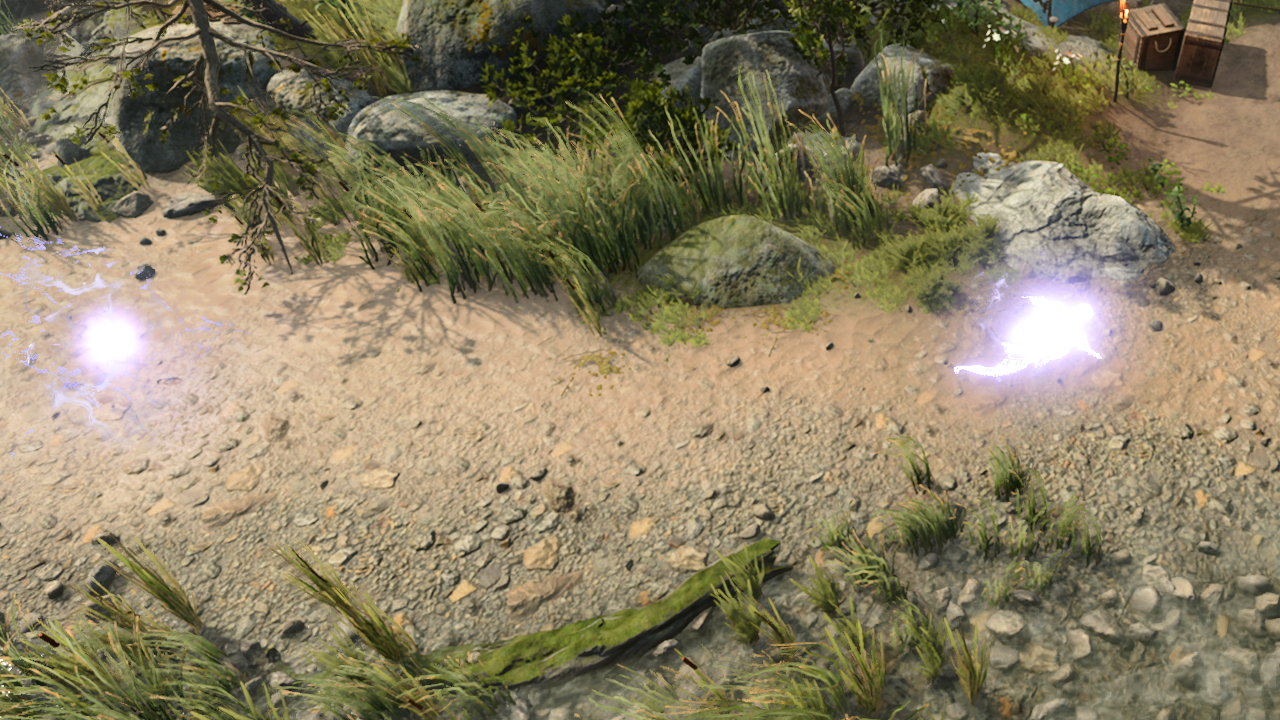
For any Rogue build, we recommend five levels of a class with Extra Attack. While this cleaves d6s off our Rogue’s Sneak Attack dice—for example, a Rogue Nine/Ranger Three would get 5d6—the bonus chance to apply sneak attack and the extra damage from the Bow plus Dexterity modifier more than makes up for it.
Besides, we want to keep Misty Step around. It’s so useful.
Action Surge Assassin
This minor adjustment to the Night Assassin drops two Rogue Levels for some Fighter cheese.
- Class Levels: Ranger Five (Gloom Stalker), Rogue Five (Assassin), Fighter Two
- Recommended Party Role: Scout/Burst Ranged Damage, Burst Melee Damage
- Features: Two Feats, two Favored Enemies, two Natural Explorer, two Fighting Styles, Level Two Spellcasting, Extra Attack, 3d6 Sneak Attack, guaranteed critical hits during the first round of combat, two expertise, Action Surge
- Advantages: This further emphasizes the first turn of combat, with an Action Surge leading to truly shocking numbers during the first round of combat.
- Disadvantages: Less sneak attack dice and more reliance on the first round of combat means you’re even further out to pasture after the first round.
Similar to the Assassin/Gloom Stalker multiclass, this build is all-in on that first round of combat. If you are revealed or are fighting a boss, you can Action Surge to reactivate the Attack action. These extra swings will still critically hit a surprised enemy, pumping even more damage into them during the first round. This will outscale the damage of the multiclass by itself.
However, after that first round, you are going to be as weak as a noodle—kind of like a spellcaster without spell slots. You still have sneak attack, Ranger spells, and a strong bow, but you’re missing the extra consistency and feat improvements of a pure Ranger and the sneak attack damage of a Rogue.
We wouldn’t rate this build above the Night Assassin if we were ranking them. However, the Action Surge to dump five or six arrows into your target, all of them critting, is something that can barely be believed. Try it for yourself on a boss fight, as long as you don’t mind forking over 100 gold to Withers for a respec.
These are the best Gloom Stalker builds in BG3; however, given the many possibilities of Baldur’s Gate 3, you can mix, match, and experiment to your heart’s content!
Others Asked
What abilities make Paladins in Baldur's Gate 3 powerful?
Paladins in Baldur's Gate 3 are powerful due to their Smite abilities, the unique Lay on Hands spell, and Divine Sense. They also have several unique subclasses corresponding with Oaths they swear to.
What new feature was introduced in patch three of Baldur's Gate 3?
Patch three introduced the ability to modify your character's appearance during the game, allowing changes like a simple haircut to a total makeover via the Magic Mirror in the camp.
What unique abilities do the Gloves of Soul Catching provide in Baldur's Gate 3?
The Gloves of Soul Catching provide additional 1 to 10 Force Damage for unarmed attacks, and upon landing an unarmed hit, allows the player to either gain 10 healing or an advantage on Attack Rolls and Saving Throws until the next turn. Additionally, they grant plus two to Constitution.


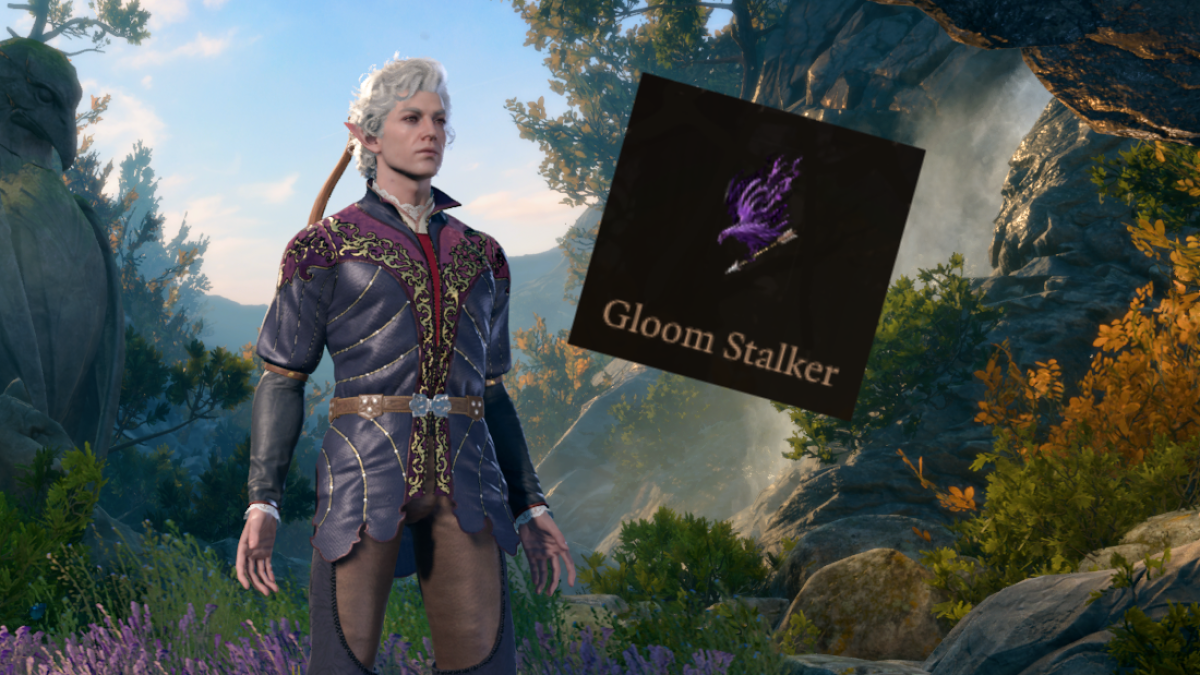
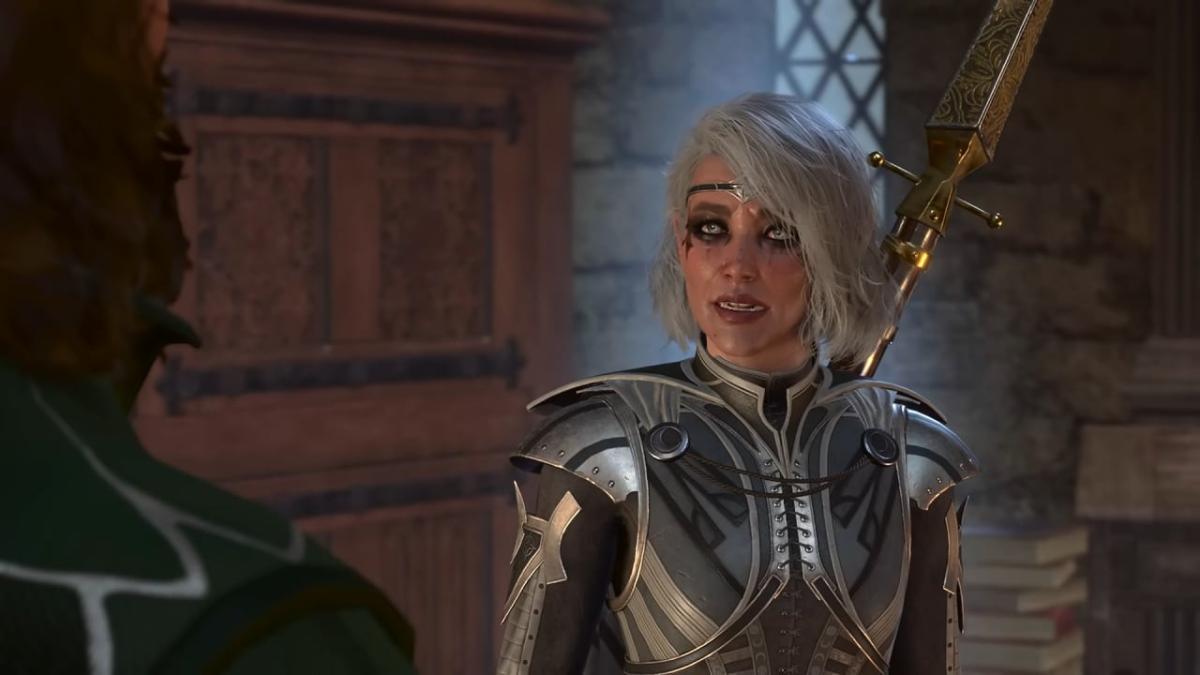
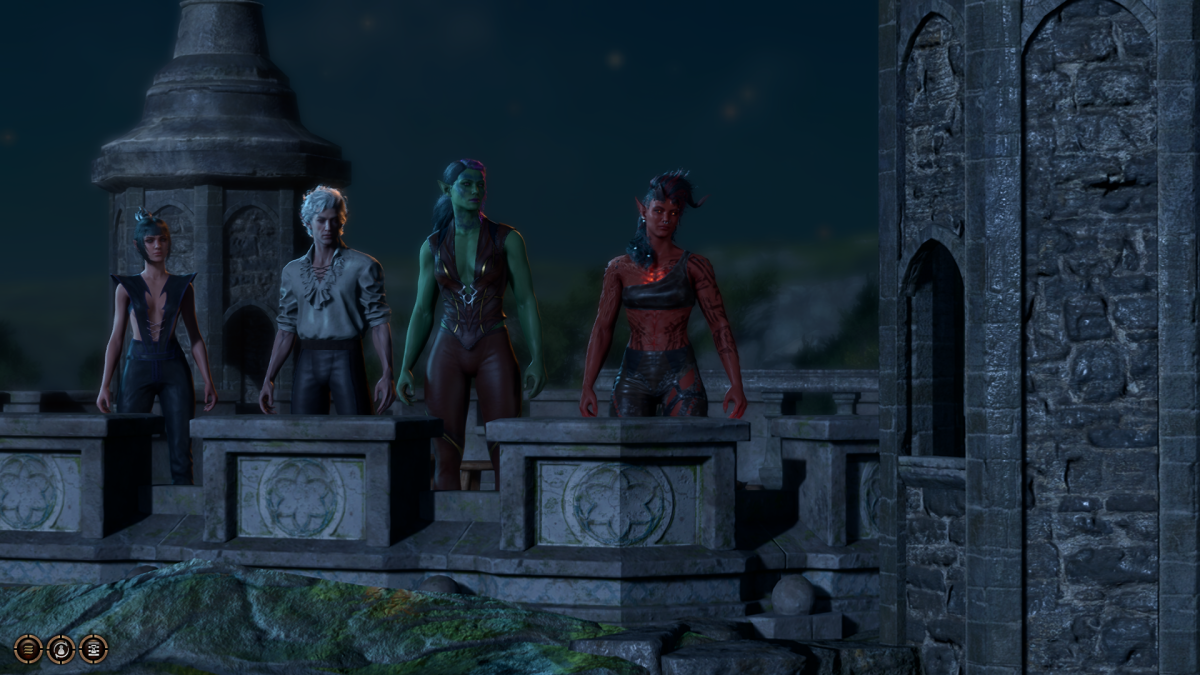
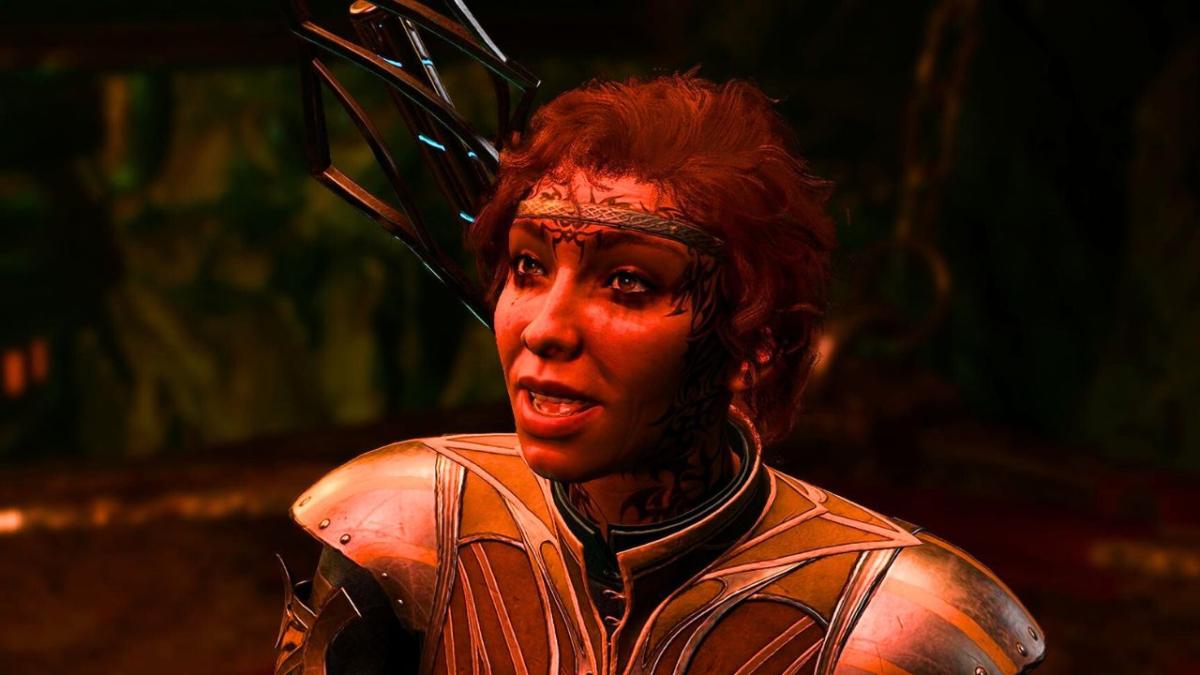
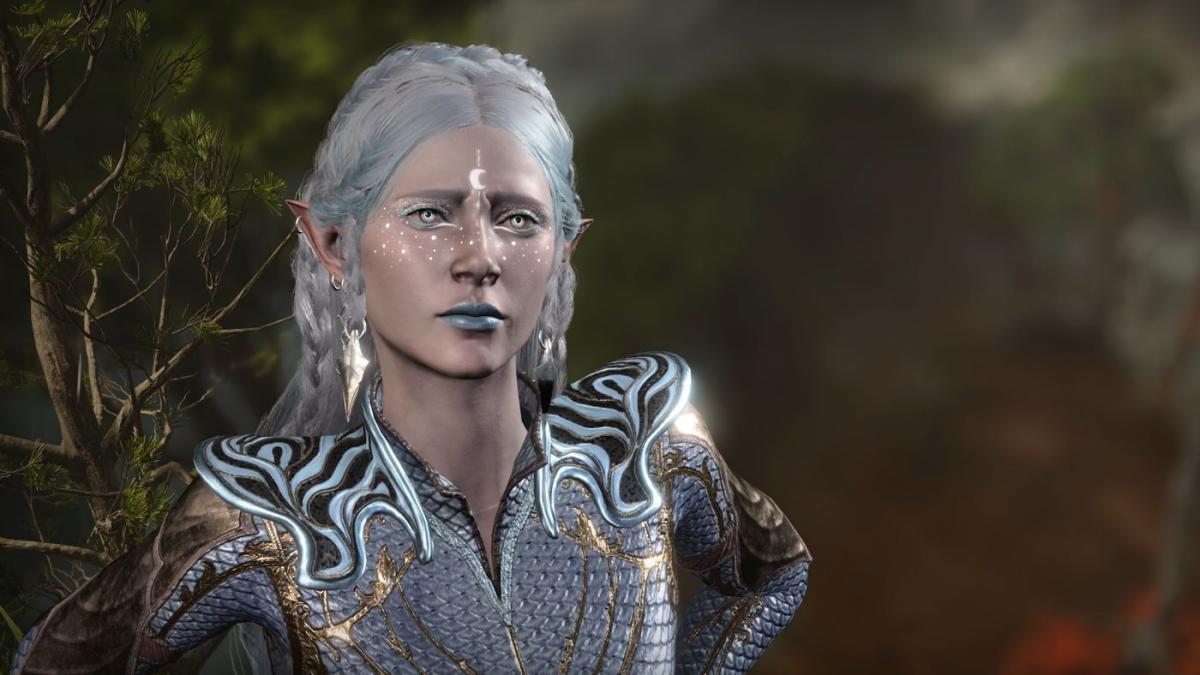


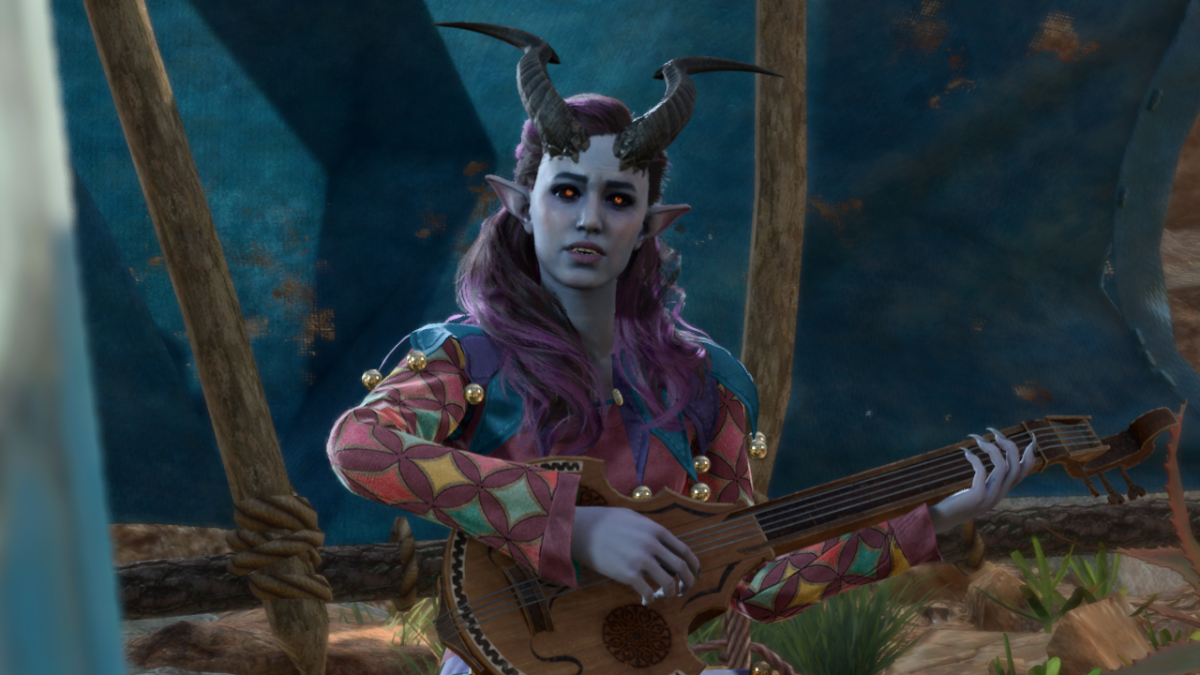
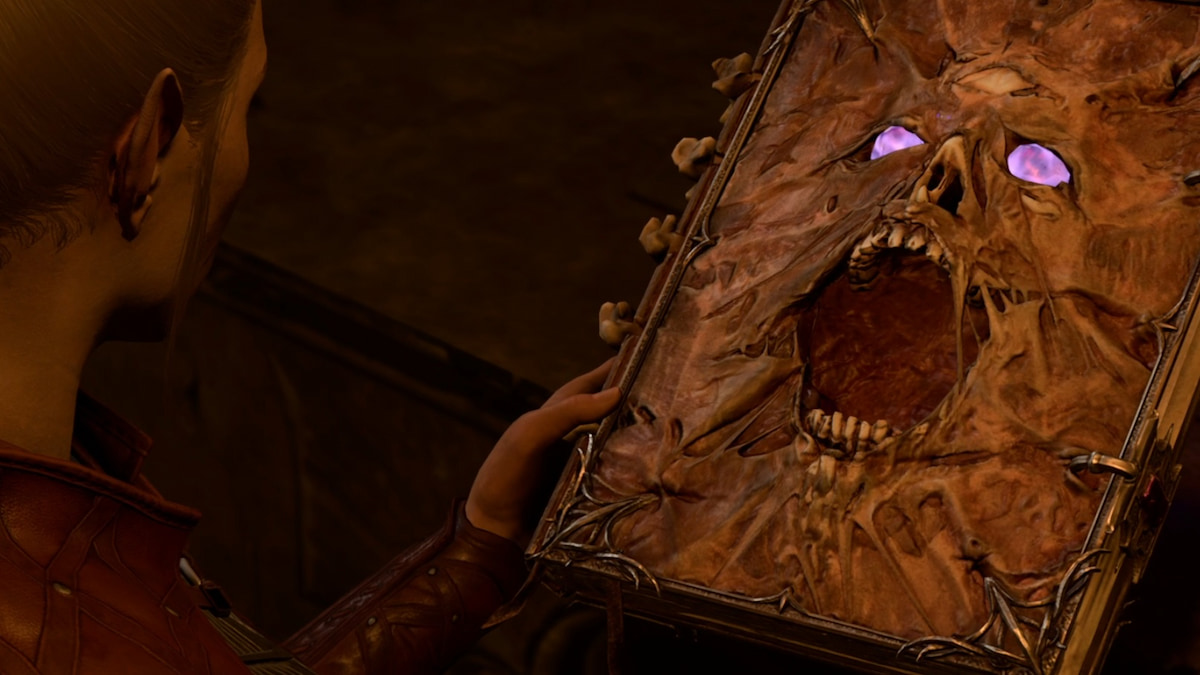
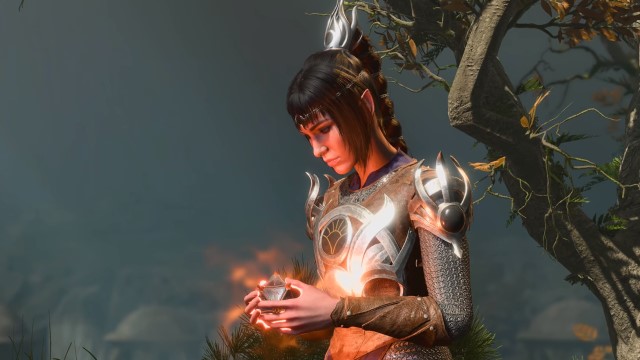
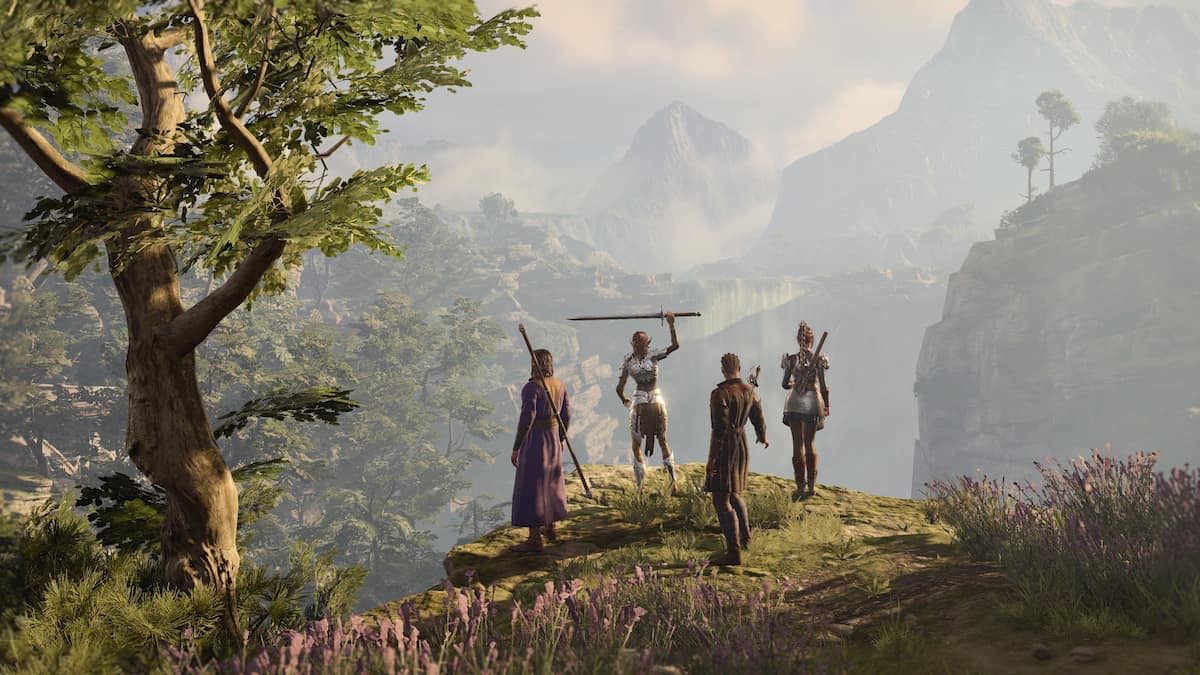
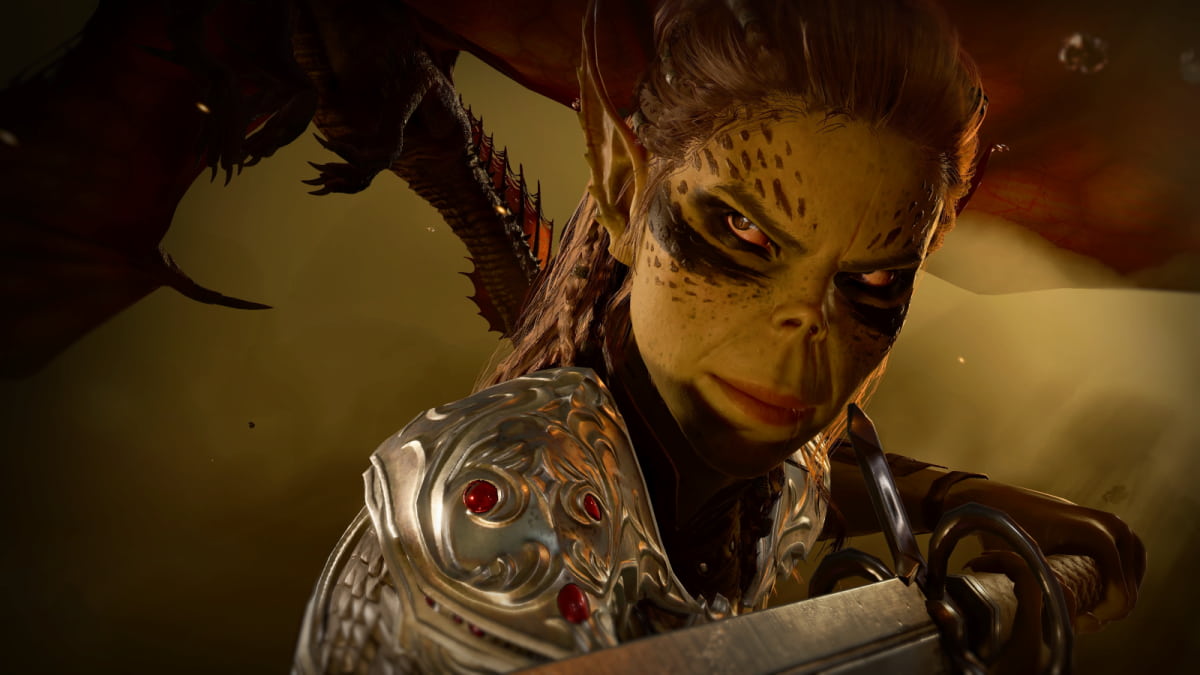
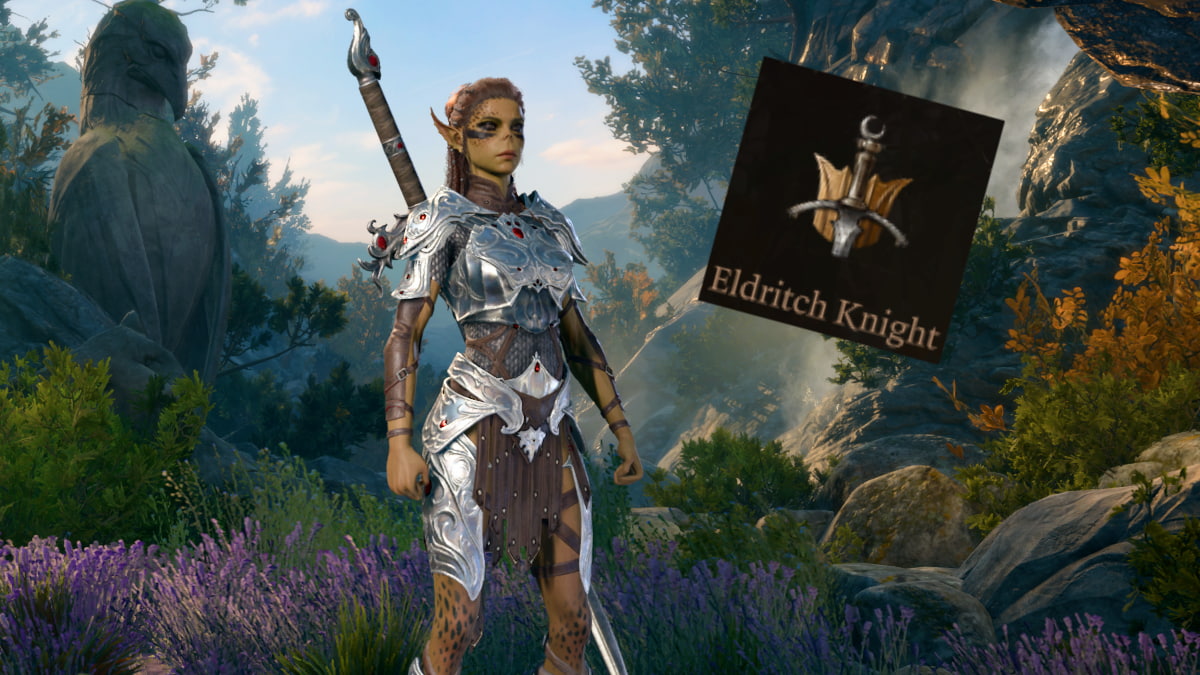

Published: Jan 6, 2024 12:36 pm